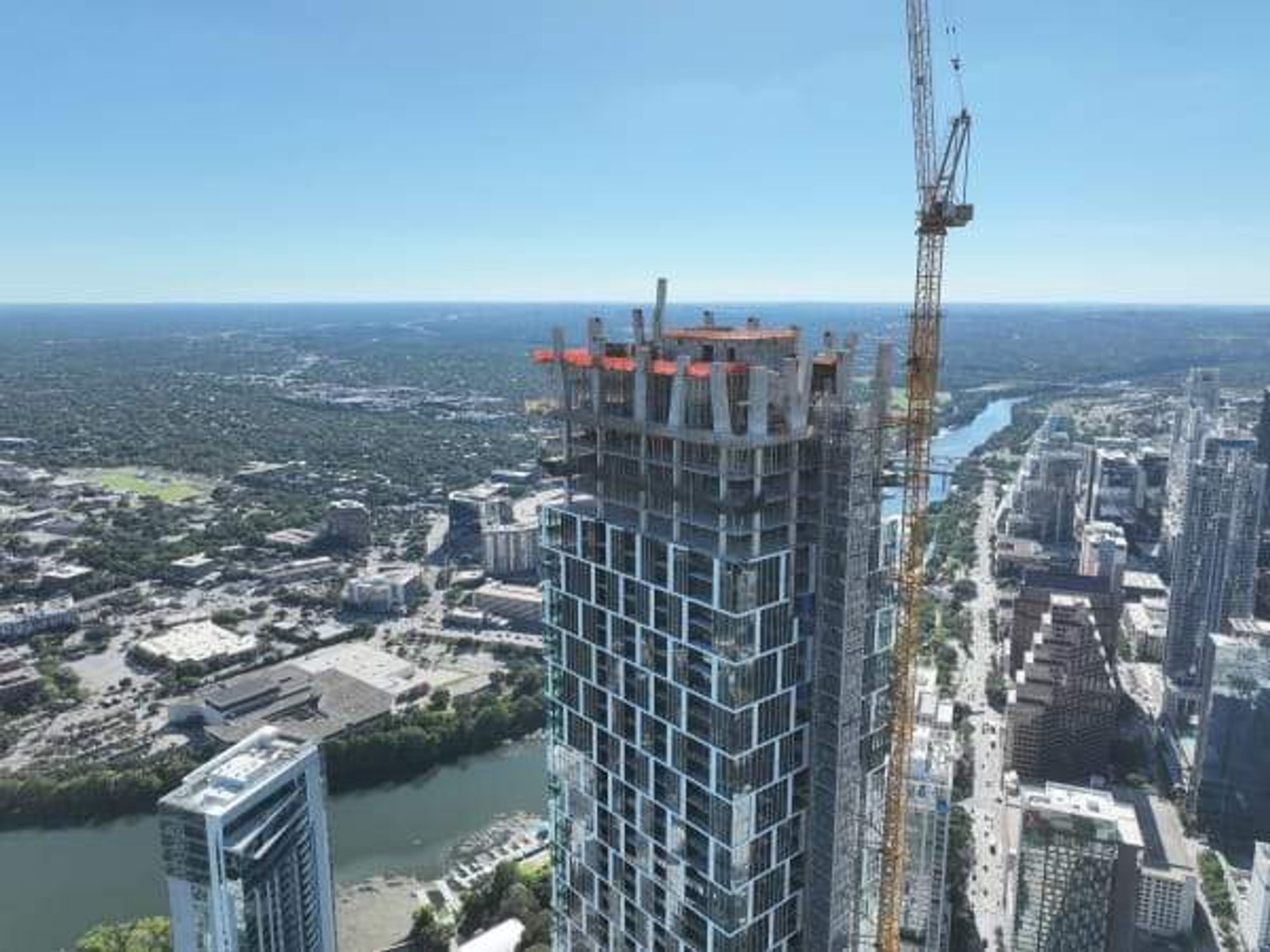Boomtown
Austin is the 11th largest U.S. city, according to latest Census Bureau estimate
If you’re cursing the traffic on I-35 and MoPac or groaning about how hyper-competitive the local housing market is, you’ve now got one more valid excuse to let loose with some four-letter words.
U.S. Census Bureau estimates released Thursday show Austin now ranks as the 11th largest city in the U.S., up from the No. 13 spot in just one year. From July 1, 2011, to July 1, 2012, Austin picked up 25,395 new residents to hit a headcount of 842,592. By comparison, the entire population of Kyle stood at a little more than 29,000 in 2011.
Austin surpassed Indianapolis and Jacksonville, Florida, to reach No. 11. Holding down the No. 10 spot is San Jose, California, whose population was 982,765 as of July 1, 2012.
“Austin is everybody’s darling right now,” local real estate developer Pete Dwyer said earlier this month.
In 2012, the Austin-Round Rock-San Marcos region grew faster than any other large U.S. metro area, according to the Census Bureau.
Indeed, Bloomberg.com in April crowned Austin as the country’s No. 1 “boomtown.” Austin keeps attracting newcomers because of its healthy job market and comparatively low cost of living.
In 2011, Austin overtook San Francisco to inch up from No. 14 to No. 13 among the country’s largest cities. Austin’s population grew to 820,611 in 2011, an increase of 3.82 percent from 790,390 the year before.
In terms of sheer numeric growth, Austin ranked fourth for population spikes among U.S. cities from 2011 to 2012, the Census Bureau said.
In his State of the City speech in February, Austin Mayor Lee Leffingwell said the extra traffic generated by the city’s population growth “threatens our economy. It threatens our environment. It threatens our safety. It threatens the livability of our city and entire region.”
That threat is almost guaranteed to intensify. Ryan Robinson, the City of Austin’s demographer, forecasts the state capital will break the 900,000-resident mark in 2017 — just four years from now.
Austin wasn’t the only Central Texas city to see explosive population growth from 2011 to 2012, according to the Census Bureau.
Among cities with at least 50,000 residents, San Marcos was the fastest-growing in the country. In only one year, San Marcos’ population shot up 4.91 percent to 50,001. In fourth place on the fastest-growing list was Cedar Park, where the population climbed 4.67 percent to 57,957. To the northeast of Cedar Park, Georgetown’s population rose 4.21 percent to 52,303, making it the seventh-fastest growing city in the U.S.
In 2012, the Austin-Round Rock-San Marcos region grew faster than any other large U.S. metro area, according to the Census Bureau. Five counties make up the Austin metro area: Bastrop, Caldwell, Hays, Travis and Williamson.
For the year ended July 1, 2012, eight of the 15 fastest-growing large U.S. cities were in Texas, the Census Bureau said. Austin still remains the fourth largest city in Texas, behind San Antonio, Dallas and Houston.

 Lots of people want to live in Leander. Leander Parks & Recreation/Facebook
Lots of people want to live in Leander. Leander Parks & Recreation/Facebook